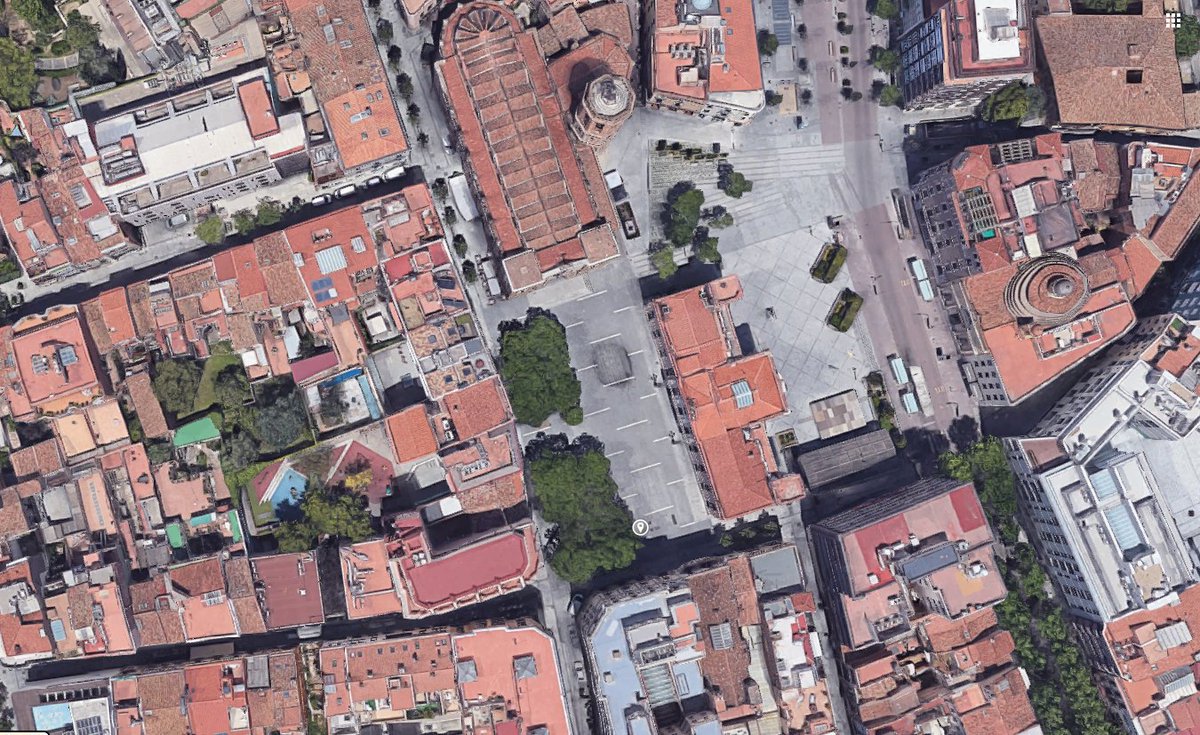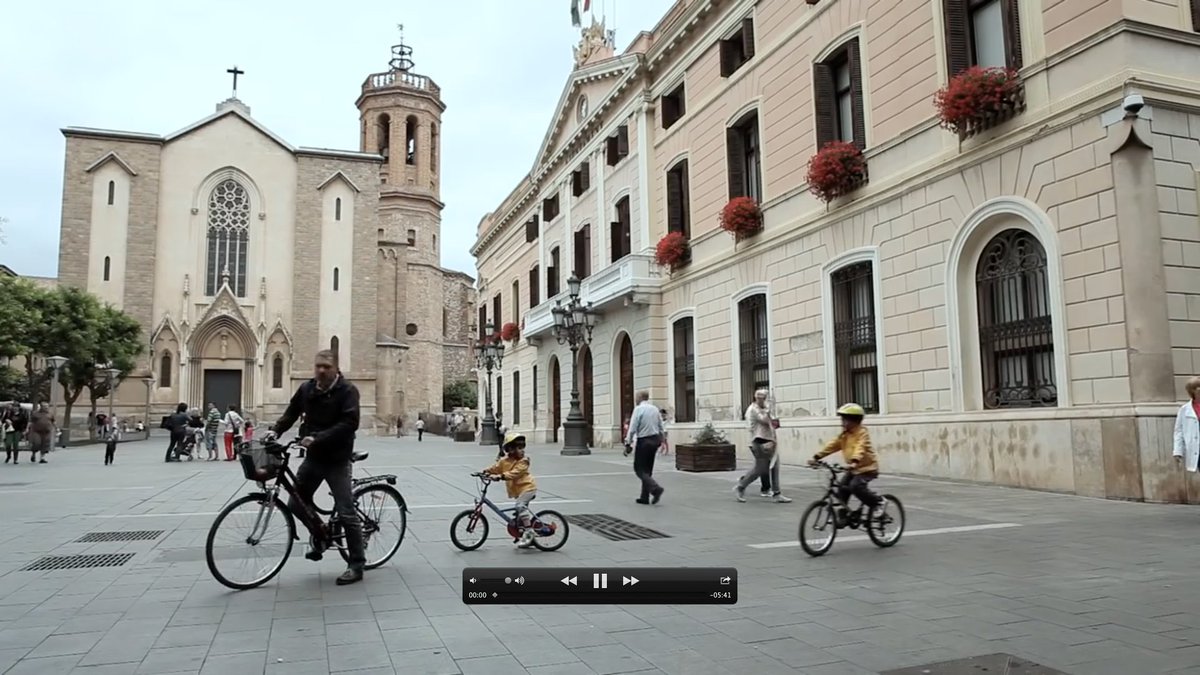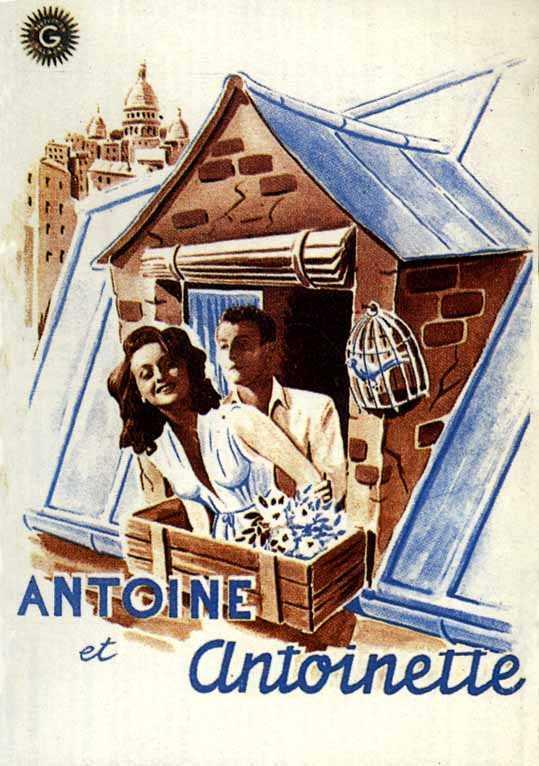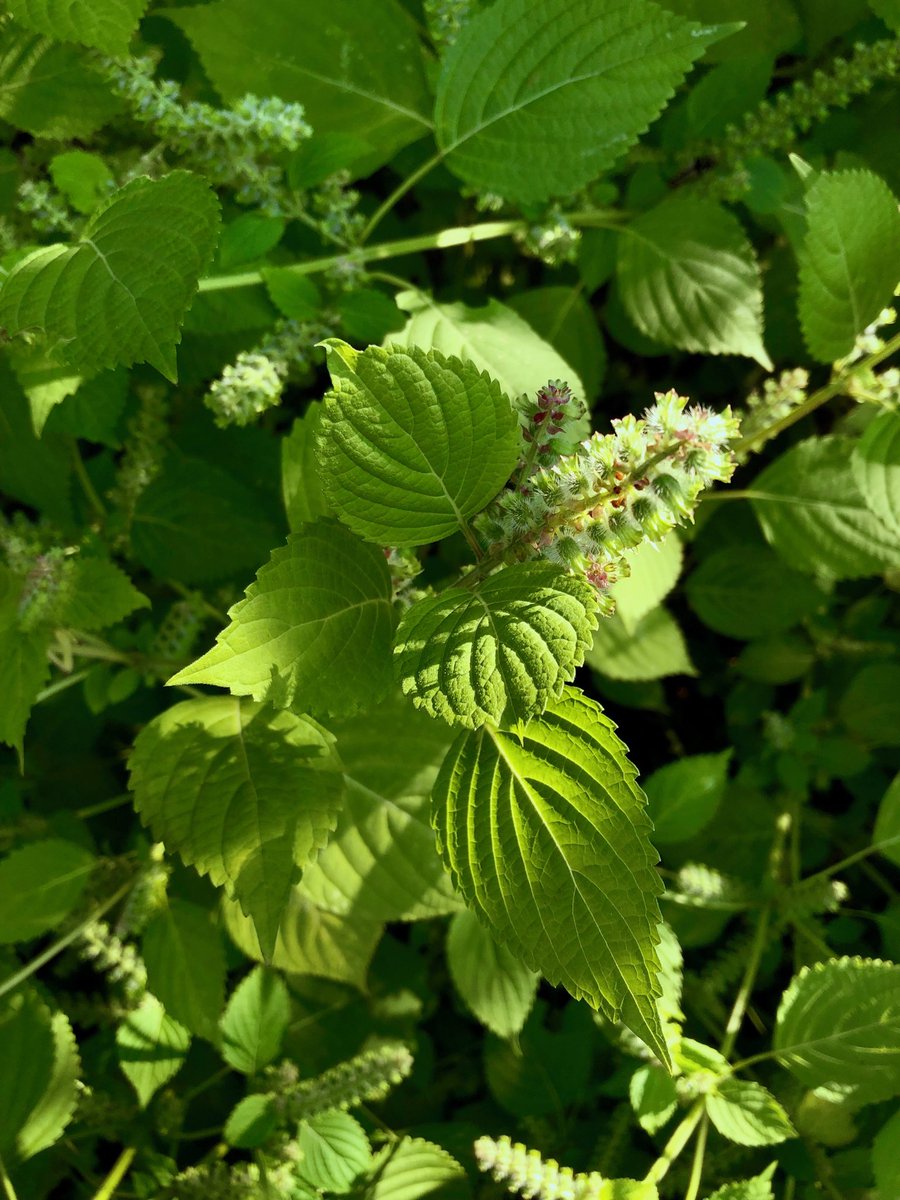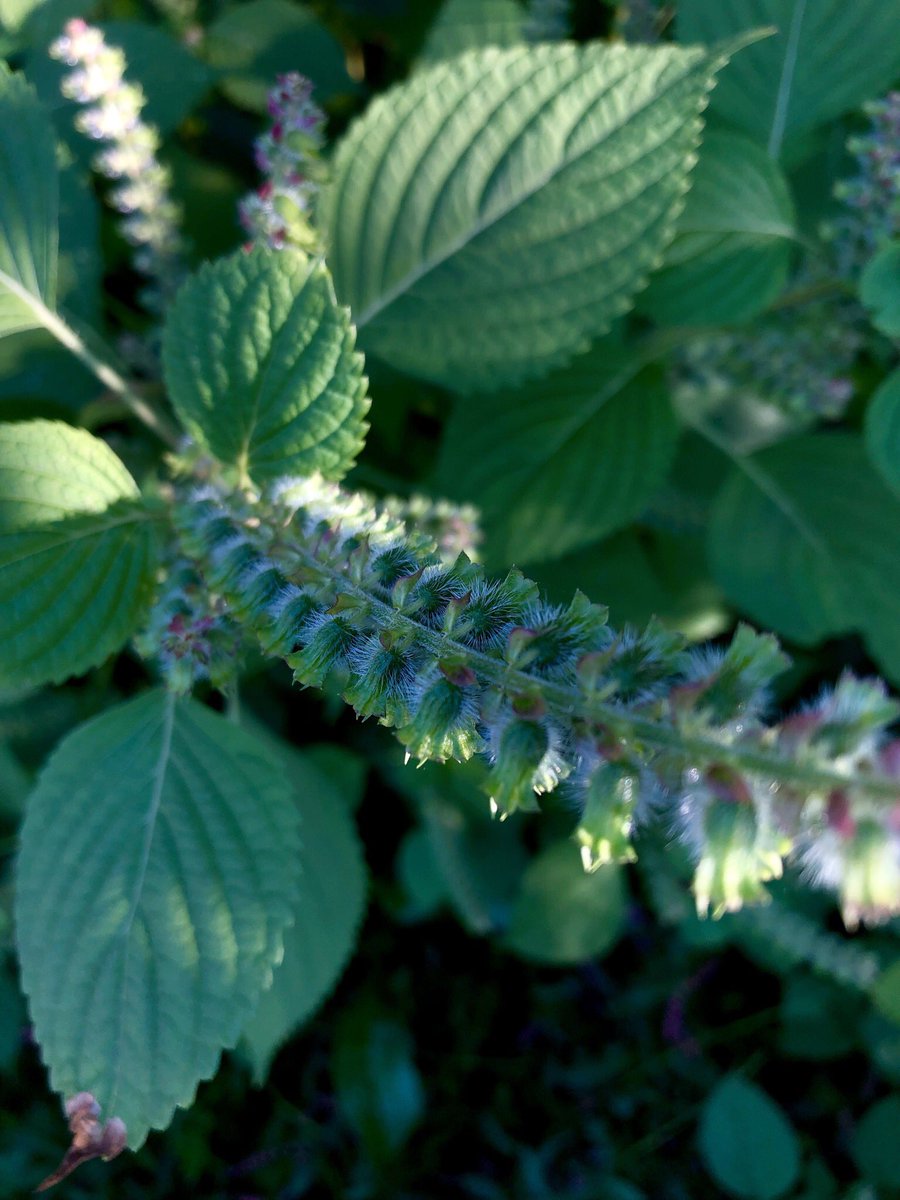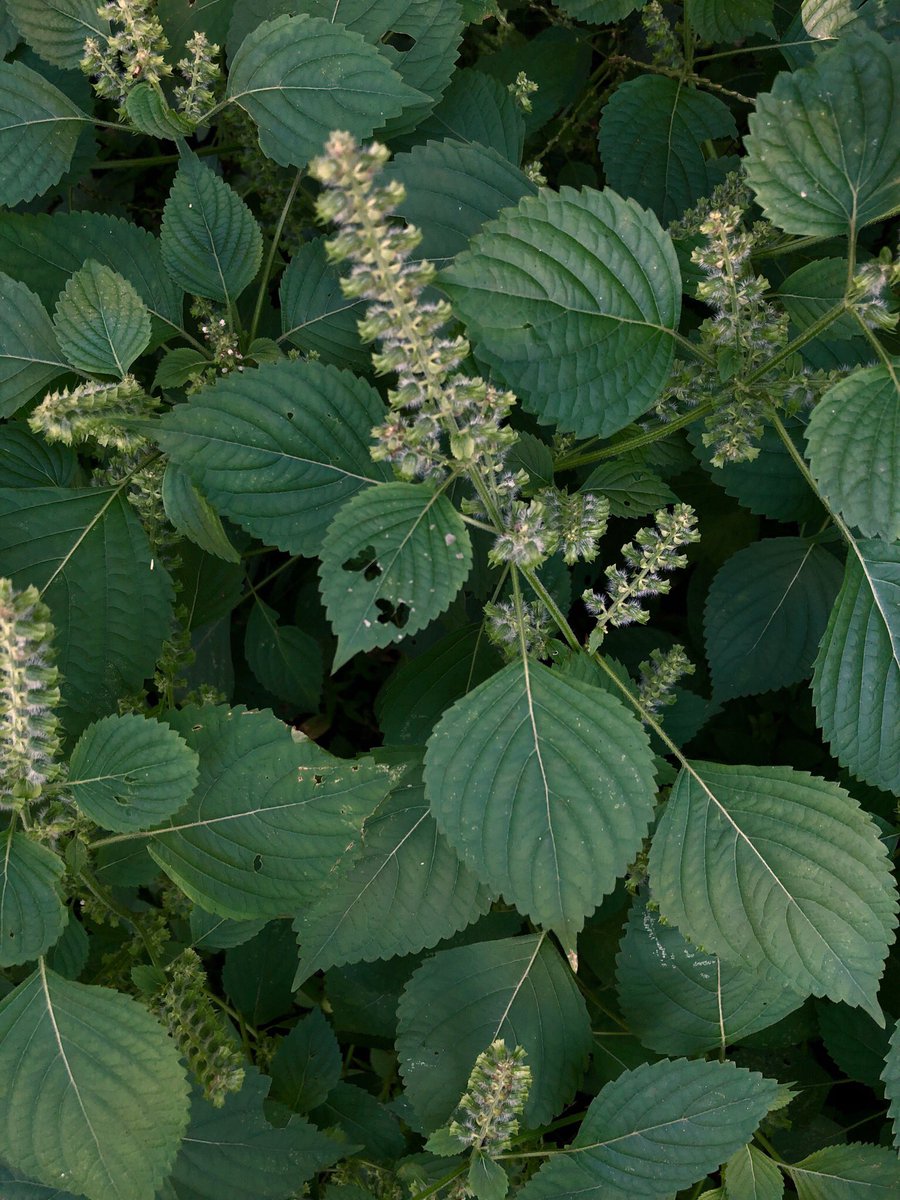
Are you retired or underemployed, student? Organize "neighborhood walks", get locals out of their houses into the fresh air and sunshine while guiding them on a subject you know or have researched well: architecture, biology, history. Gratis of course, but collect tips/donations. 
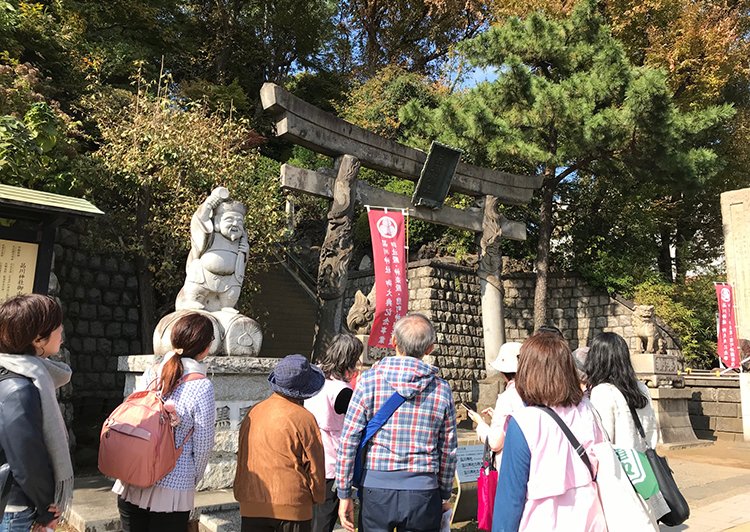
Geologists: make a map of stones and rocks in your neighborhood, natural or quarried, talk about their properties, where they came from, how they are used in building and industry. Point out interesting rock formations or geological features of your neighborhood. 

Botanist: draw a map of all the streets in your neighborhood and all the trees, teach people what they are and their characteristics, what they can be used for. Find anecdotes about interesting trees and talk about what trees are native in the area. Make a tree guide app? 
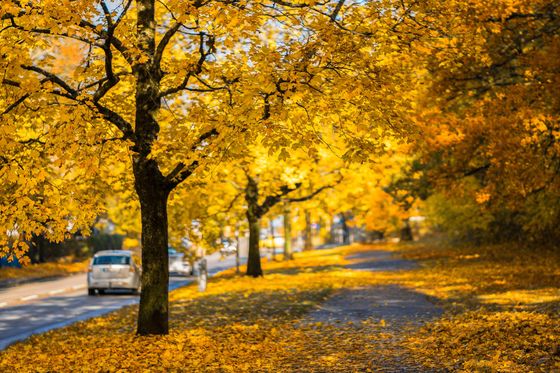
Architect: draw up a map of interesting buildings in your area, walk around talking about their features, what is typical of your region, where the styles come from, talk about materials or interesting anecdotes about mundane looking buildings. Do a survey: which are most loved? 
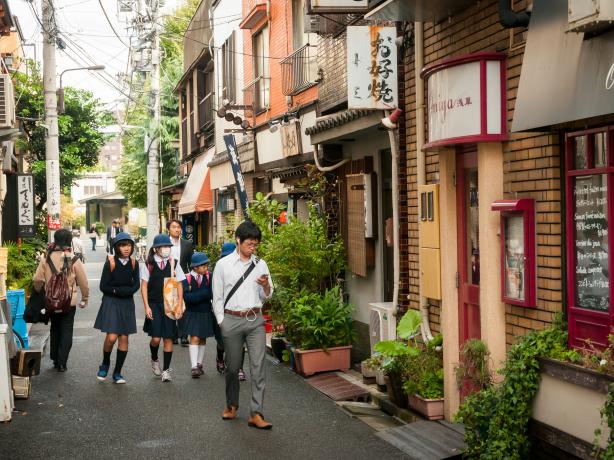
Activist: take your neighbors out, ask them which streets they use and which they avoid, take notes on all they point out, things they miss or wish they had, things they would change if they could. Nobody ever asked them these things before. No debates, no confrontation. Blog. 
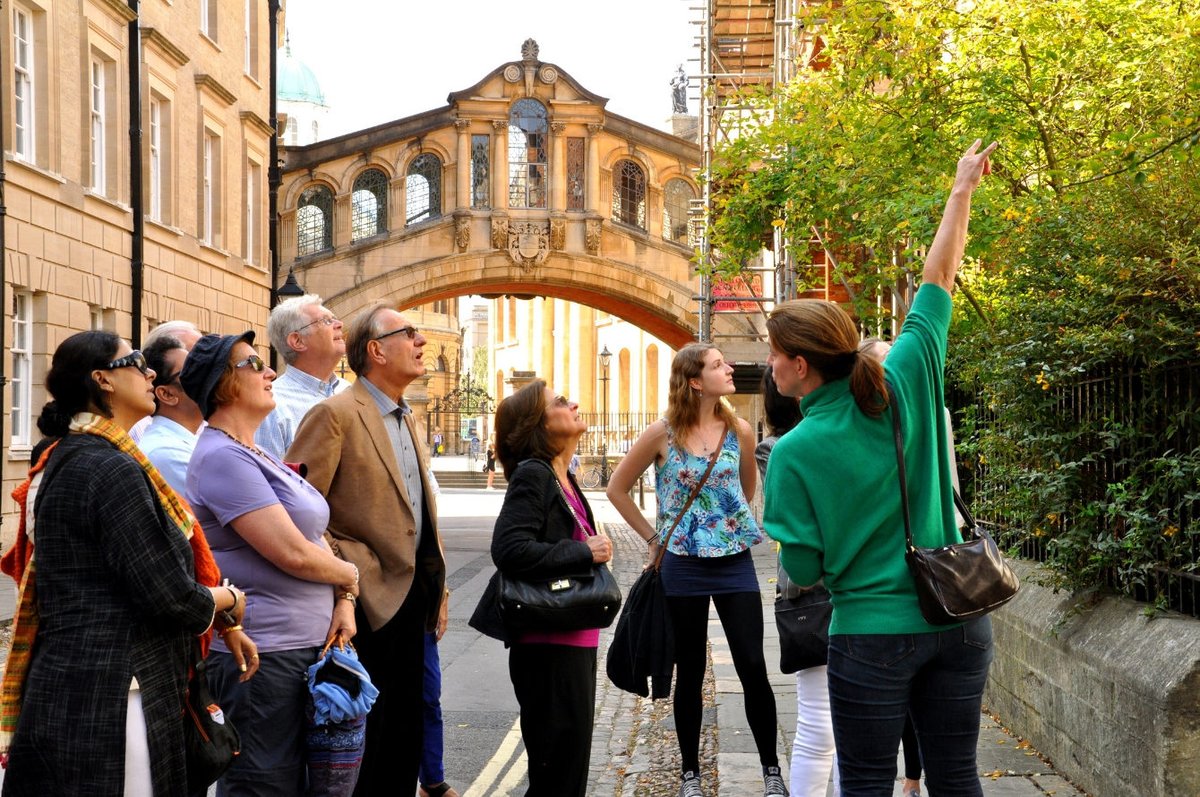
• • •
Missing some Tweet in this thread? You can try to
force a refresh

